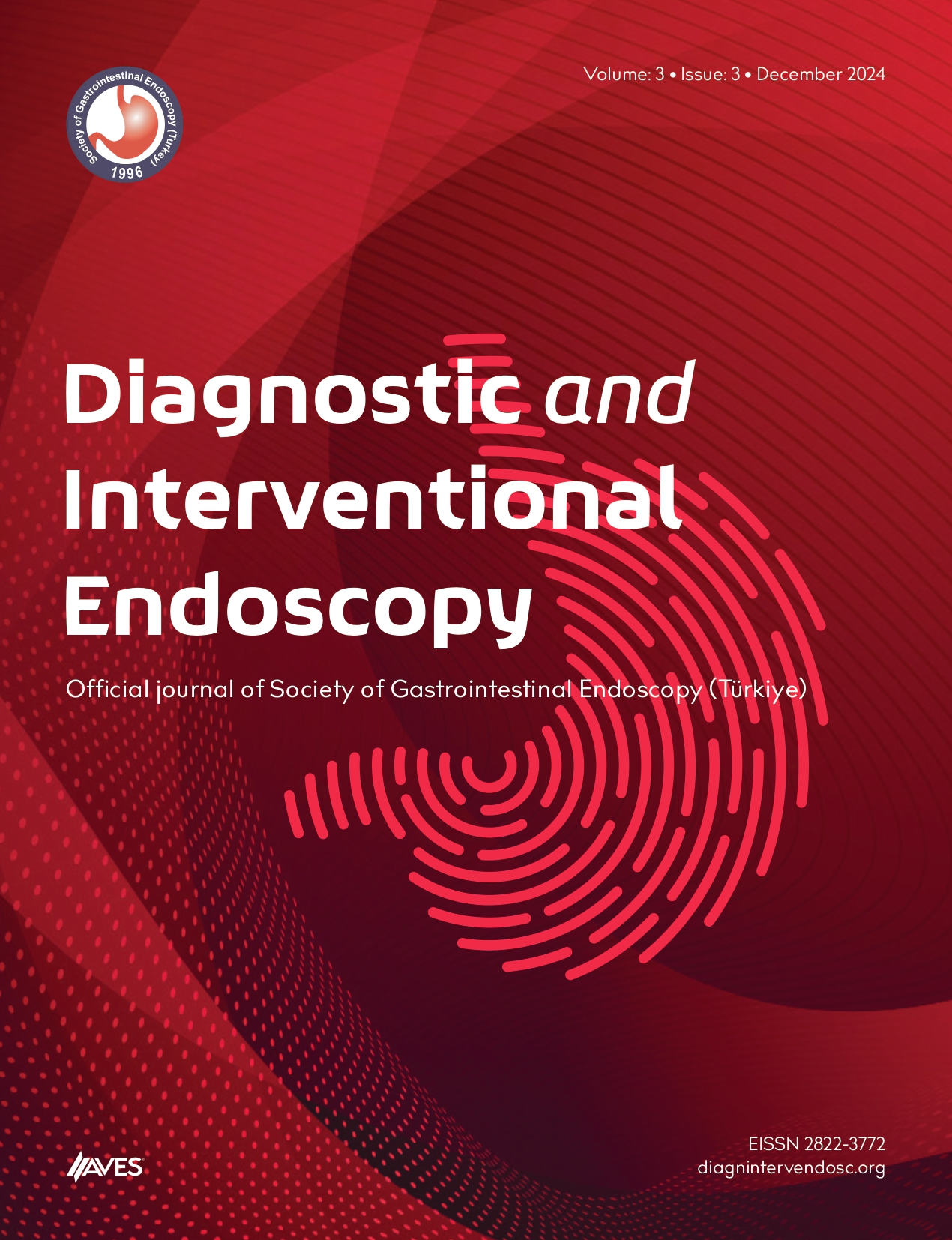Objective: The Overstitch Endoscopic Suturing System allows for the placement of full-thickness sutures endoscopically. Real-world data on the Overstitch system is sparse. We investigated the number and type of complications associated with the Overstitch device using a national database.
Methods: Postmarket surveillance data from the FDA Manufacturer and User Facility Device Experience database from October 2010 through July 2023 was analyzed for device failures and patient complications.
Results: During the study period, 142 cases with 93 patient-related adverse events, 40 device failures, and 8 combined device failures with patient complications were identified. The most recorded patient-related adverse events were hemorrhage (n=31; 41.8%), perforation (n=26; 35.1%), and mucosal laceration (n=21; 28.3%). The most common device failures included a failure of tissue helix release (n=13; 32.5%), suture cinch tip failure (n=9; 22.5%), end cap release from the endoscope (n=6; 15%), and failed anchor exchange in (n=5; 12.5%) patients.
Conclusion: Patient-related adverse events and device failures can occur while using the Overstitch Endoscopic Suturing System. An understanding of these outcomes by operators can help reduce the risk of injury and increase technical success when using this device.

.png)


.png)